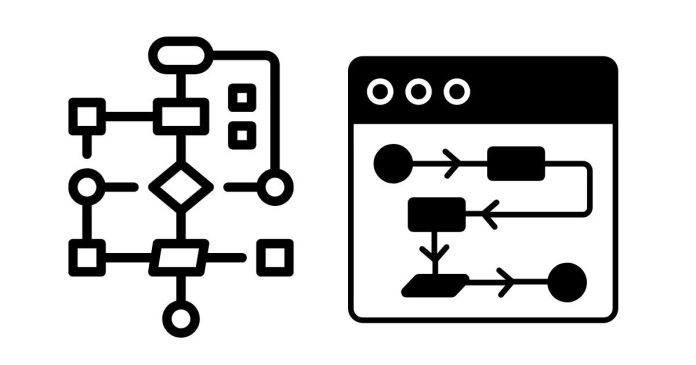Booth’s Multiplication Algorithm is a technique used in computer architecture to perform binary multiplication efficiently. It minimizes the number of addition and subtraction operations required during multiplication by encoding consecutive ones in the multiplier.
The algorithm operates by scanning the multiplier bits along with an extra bit (initialized to 0) and performing one of three operations for each bit: add, subtract, or no operation, based on the current bit and the previous bit. The partial result is then shifted. This approach is particularly useful for signed binary numbers as it handles negative numbers using two’s complement representation.
Booth’s Algorithm improves efficiency by reducing the need for multiple additions or subtractions, especially when the multiplier contains long sequences of ones. It is widely used in digital systems and processors.


